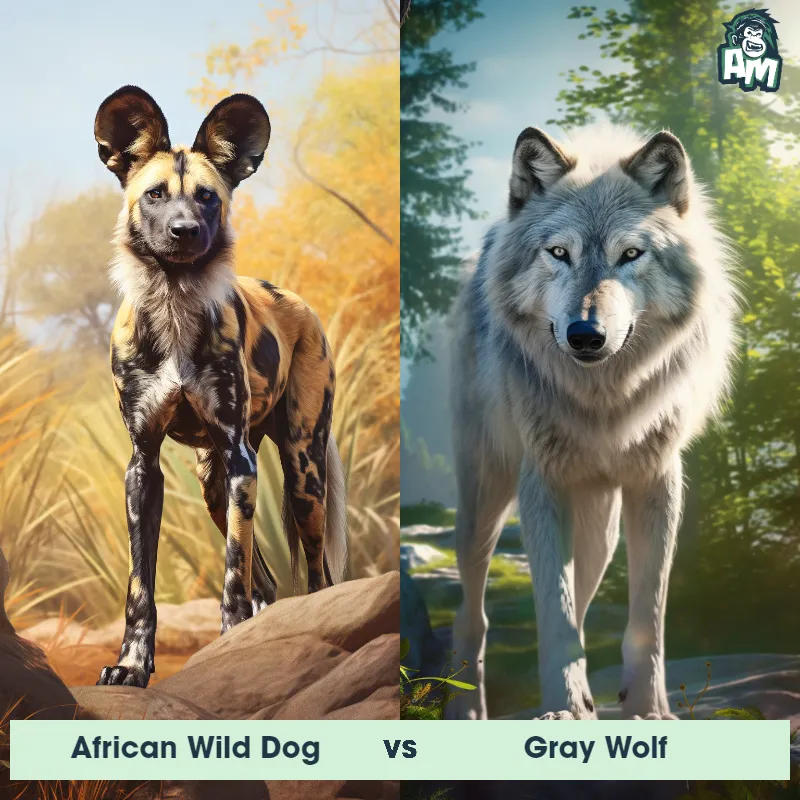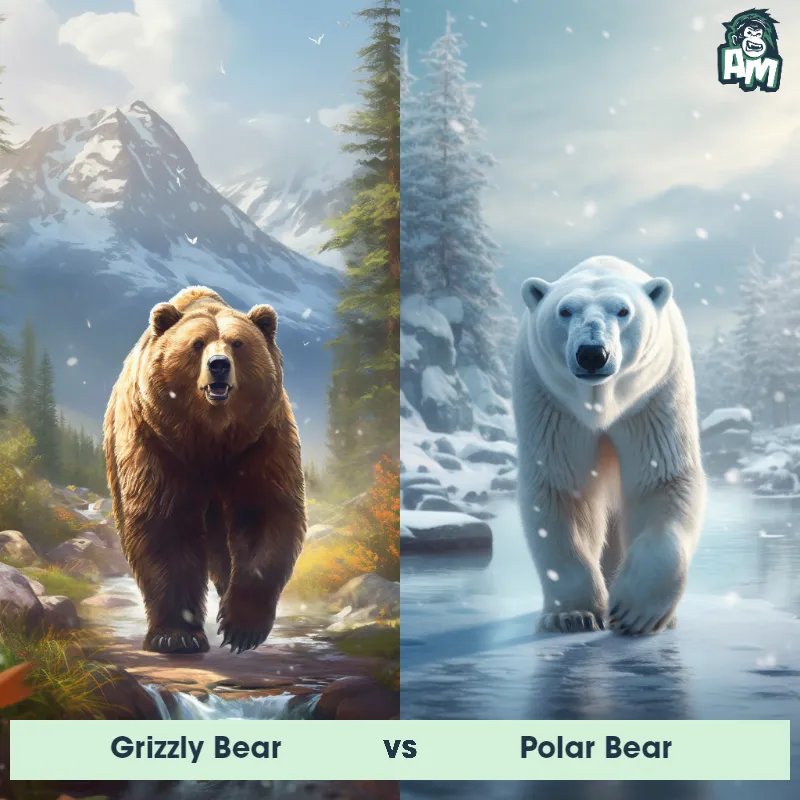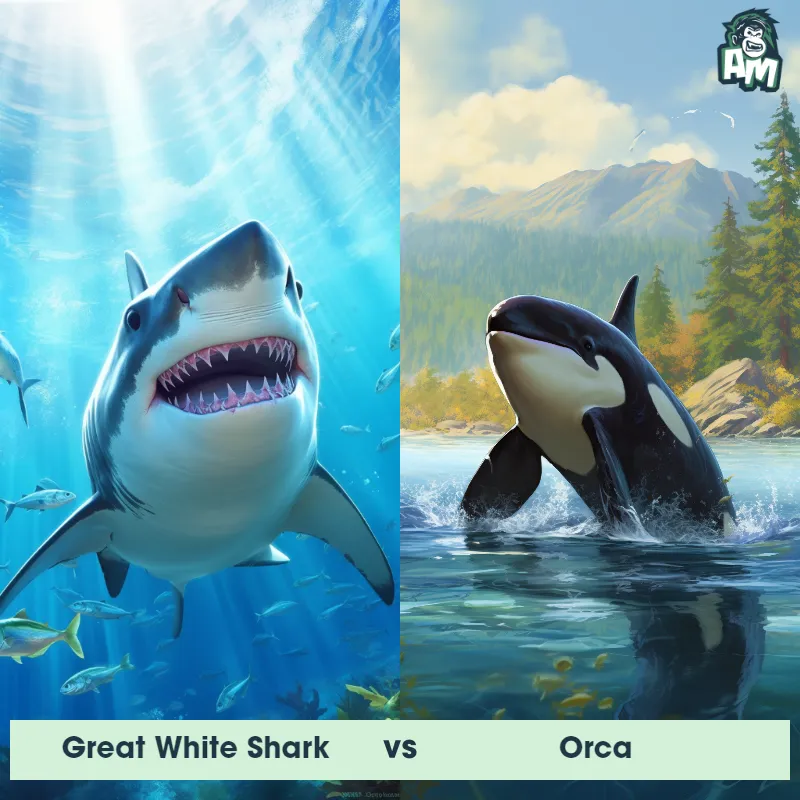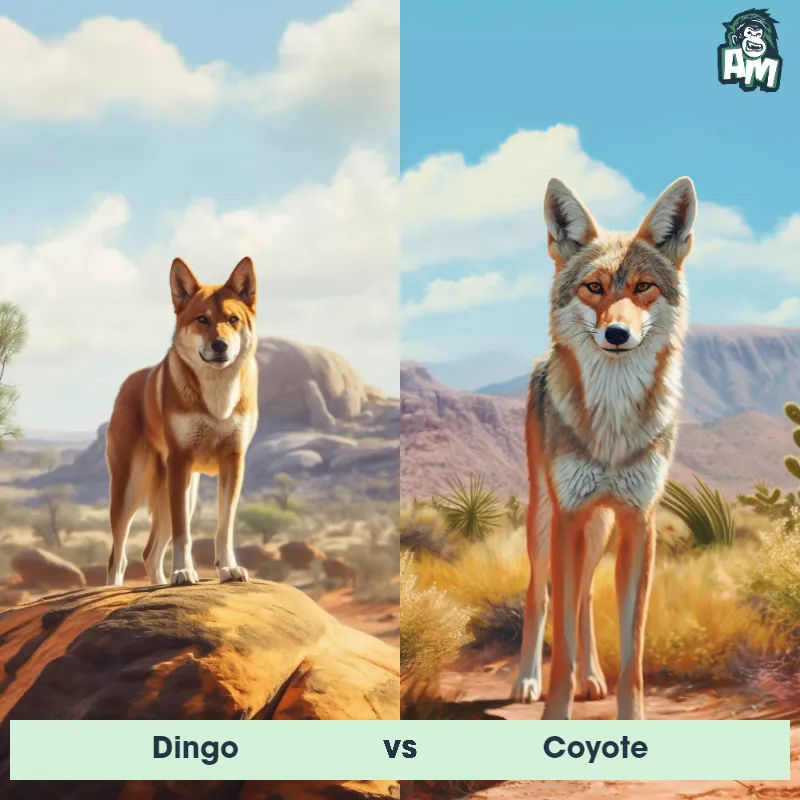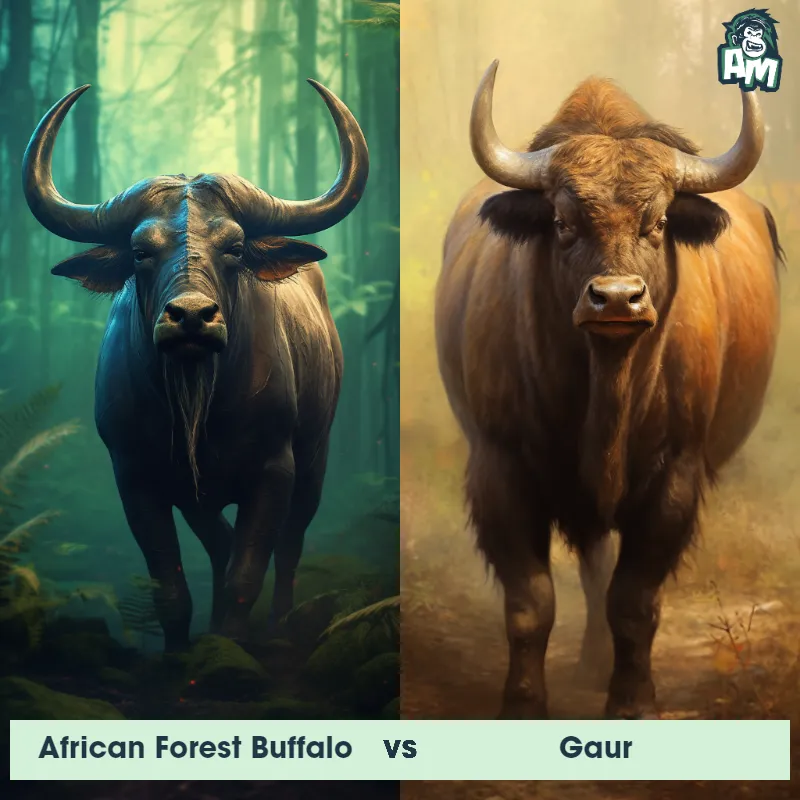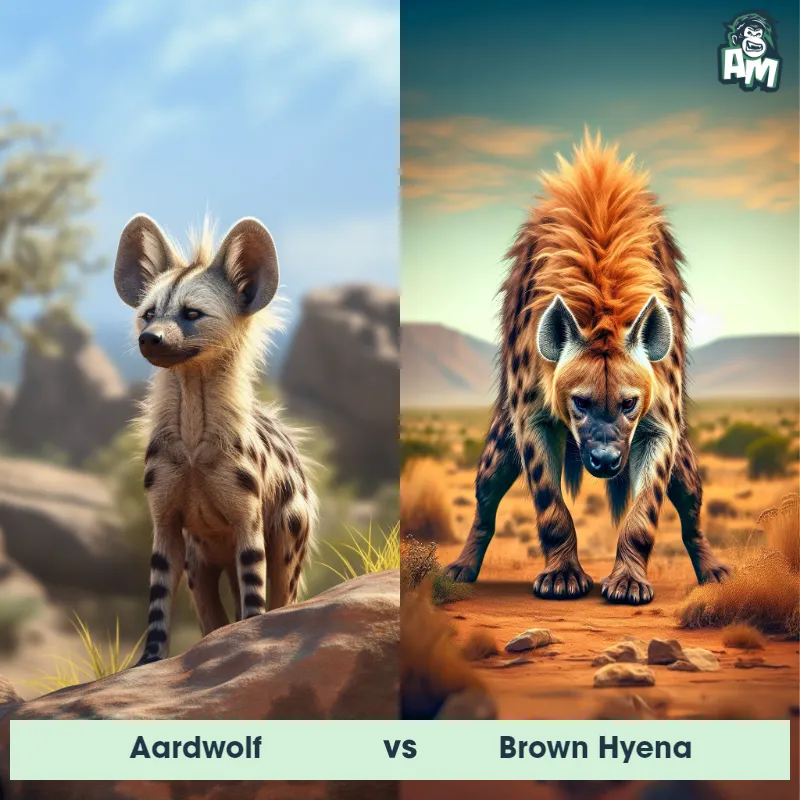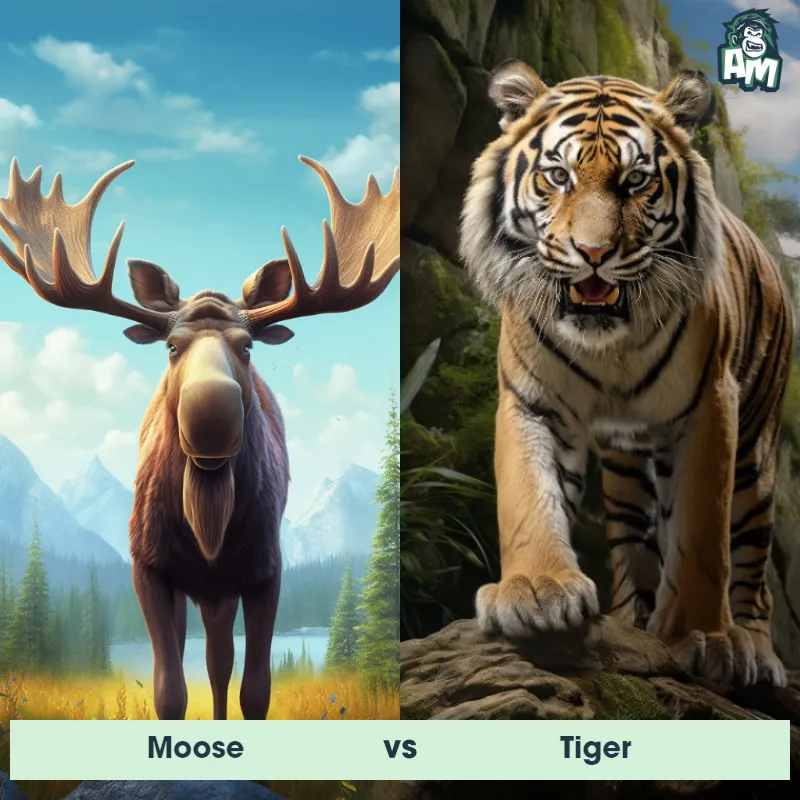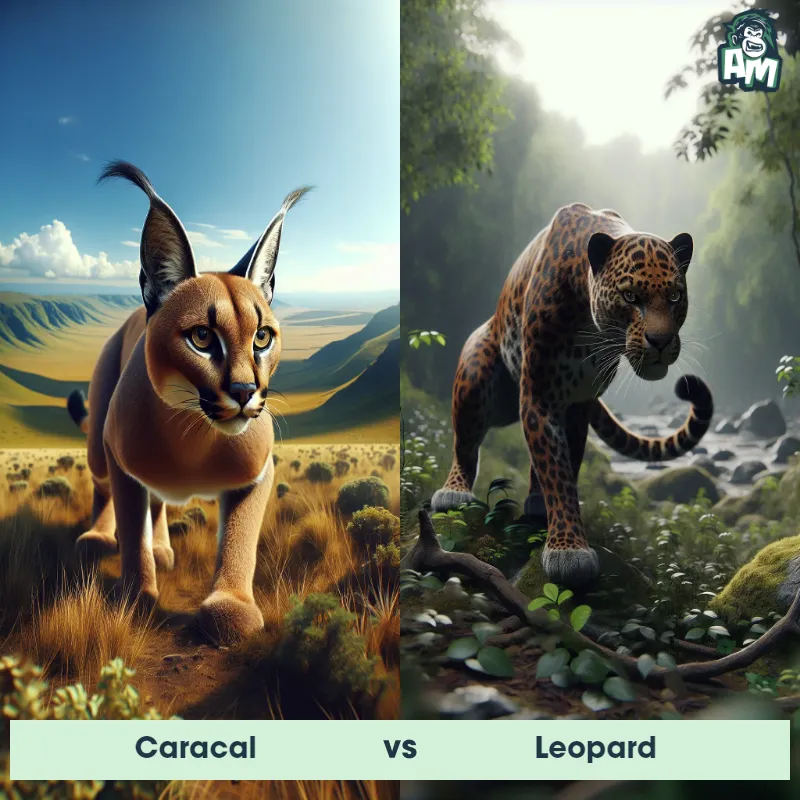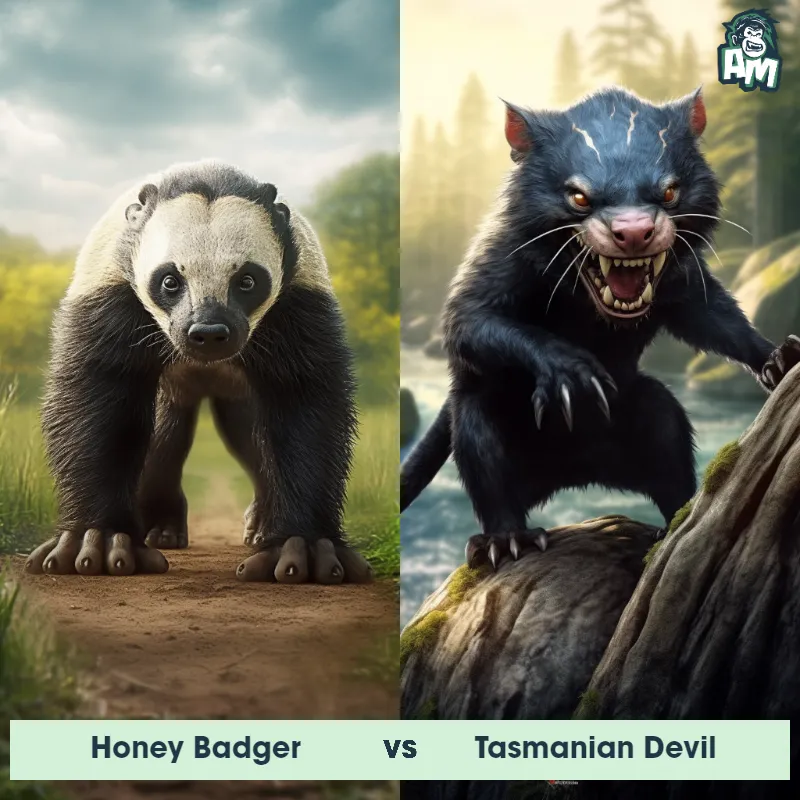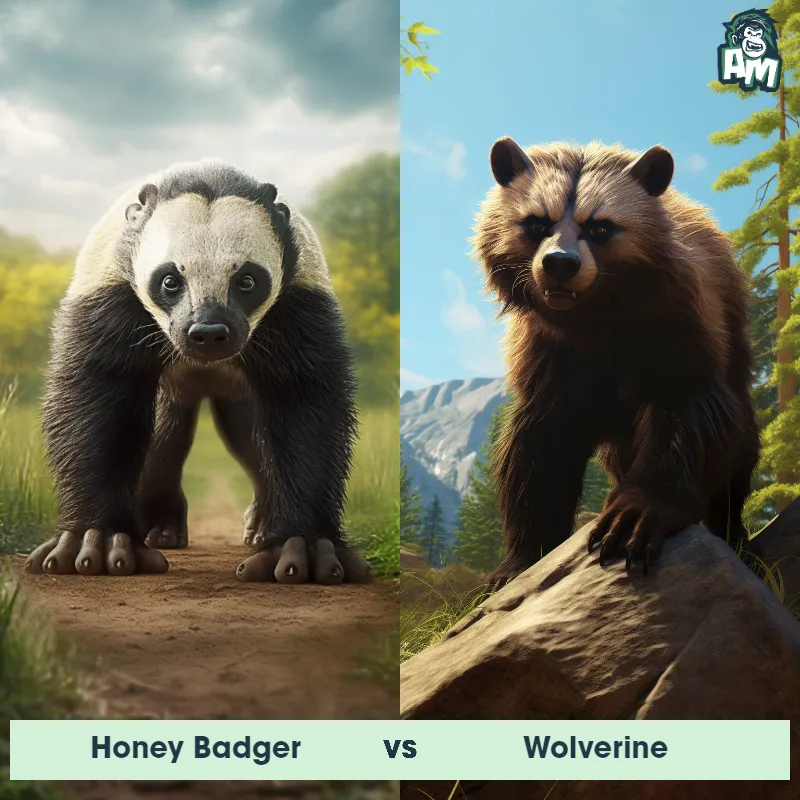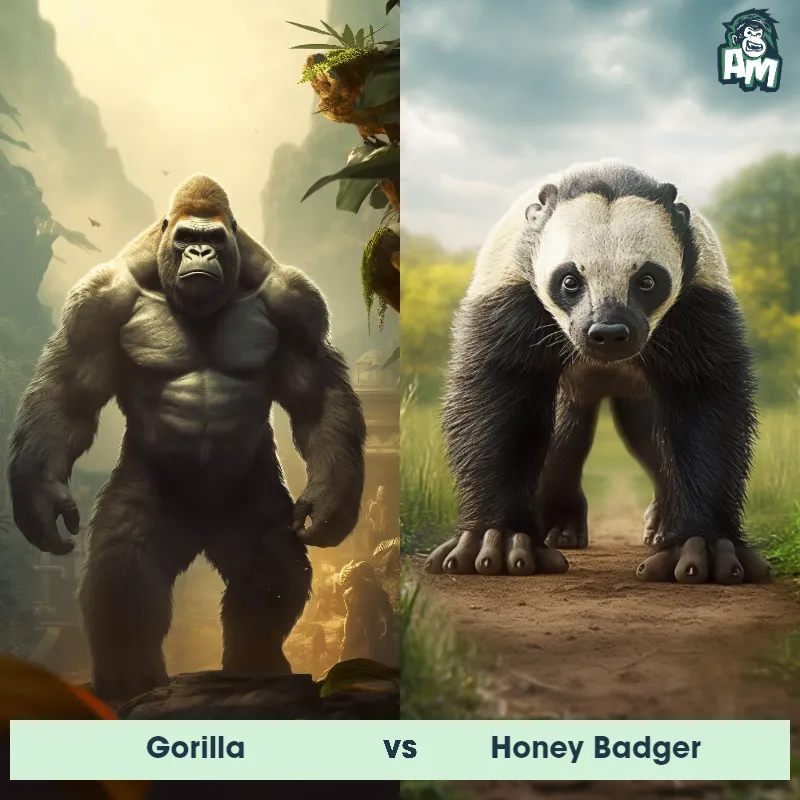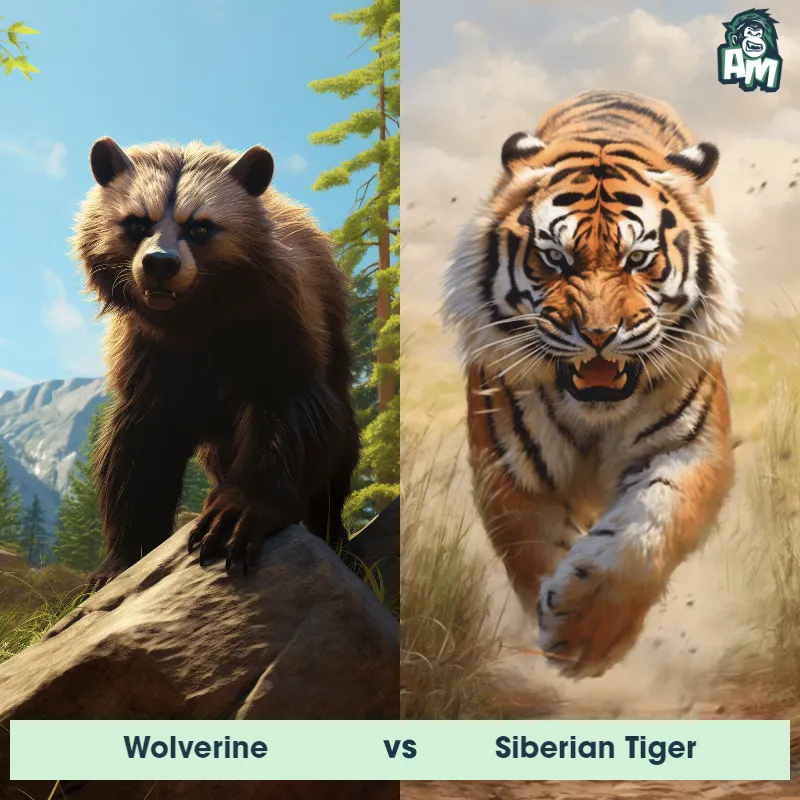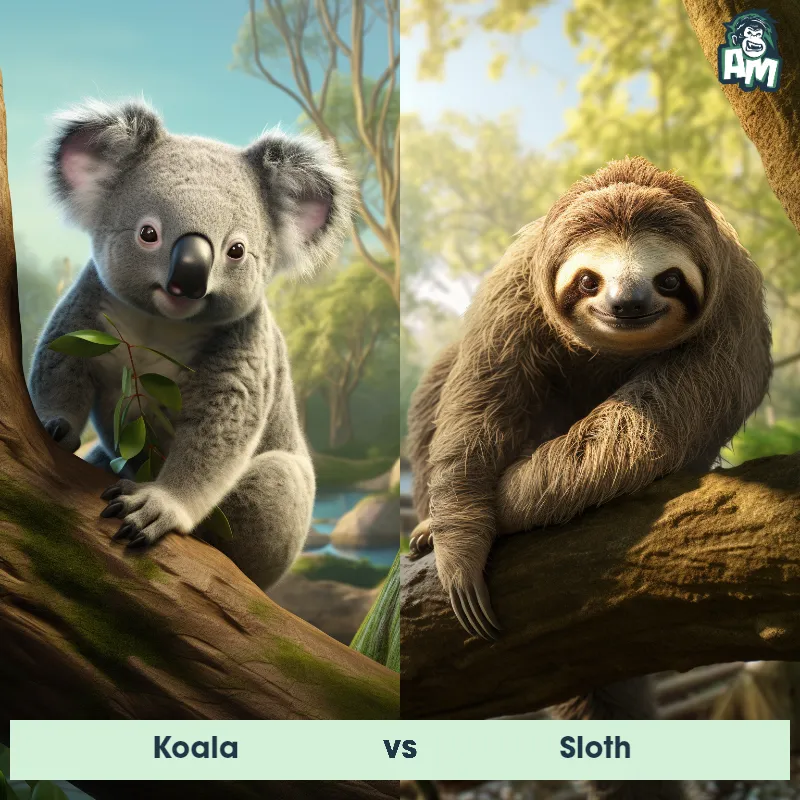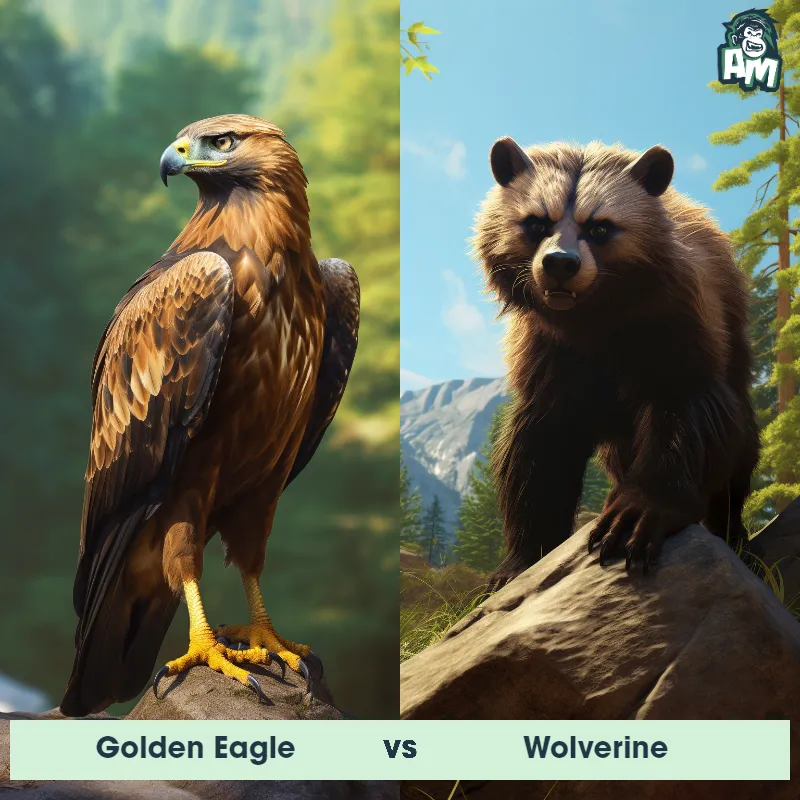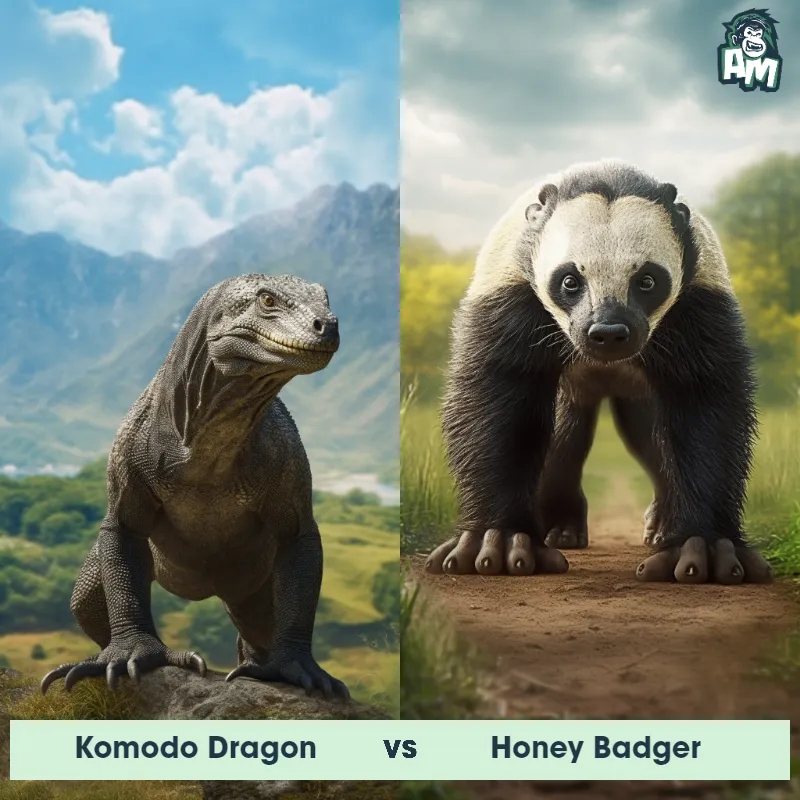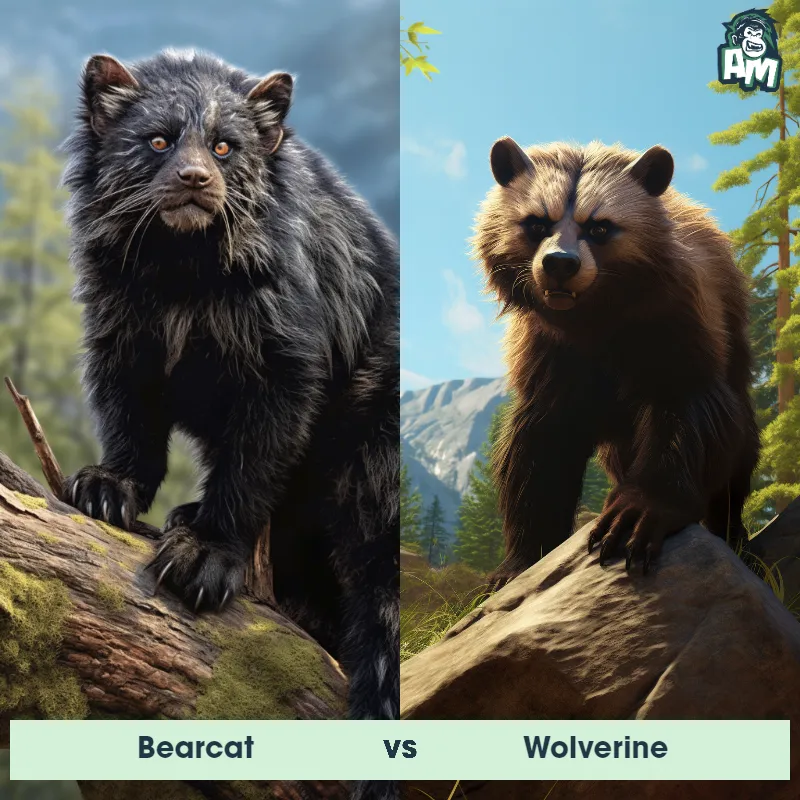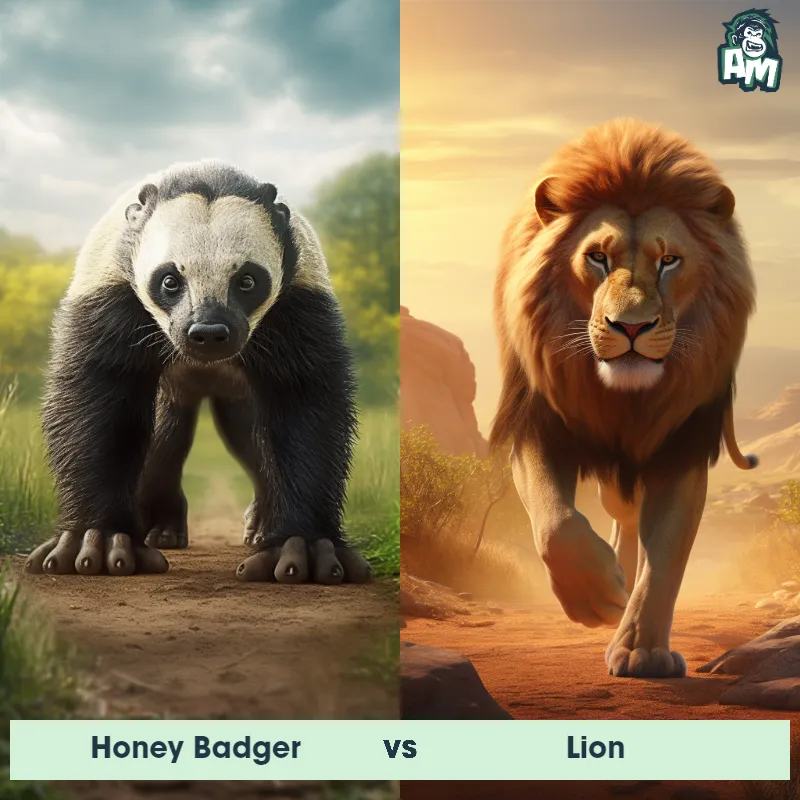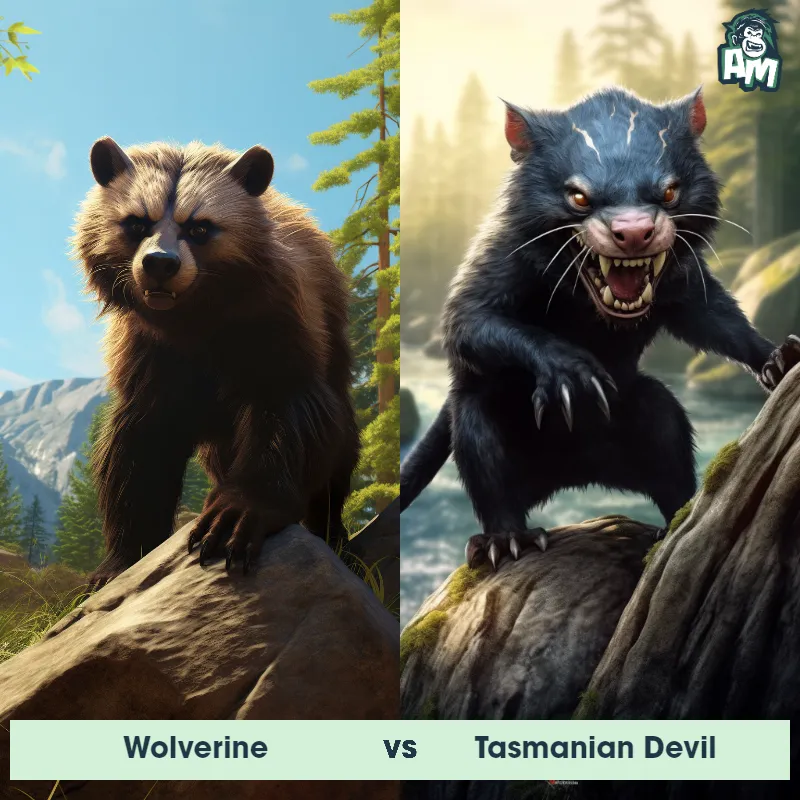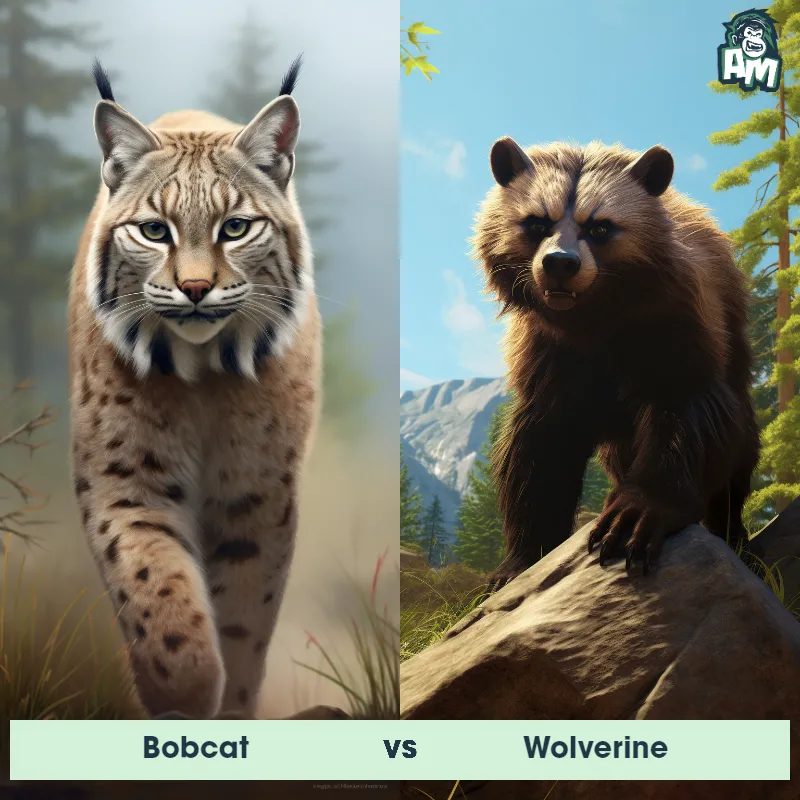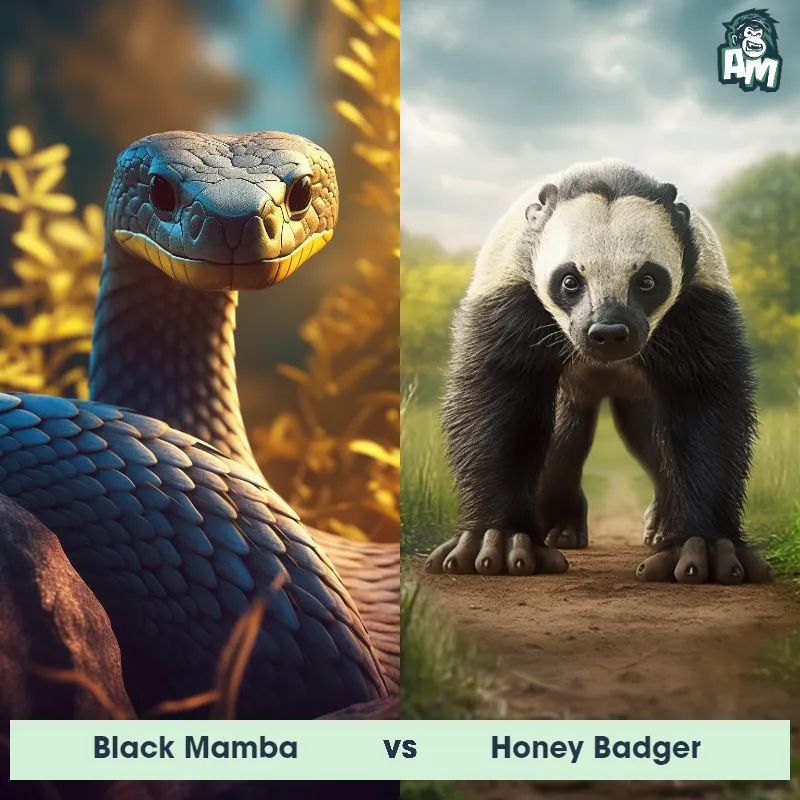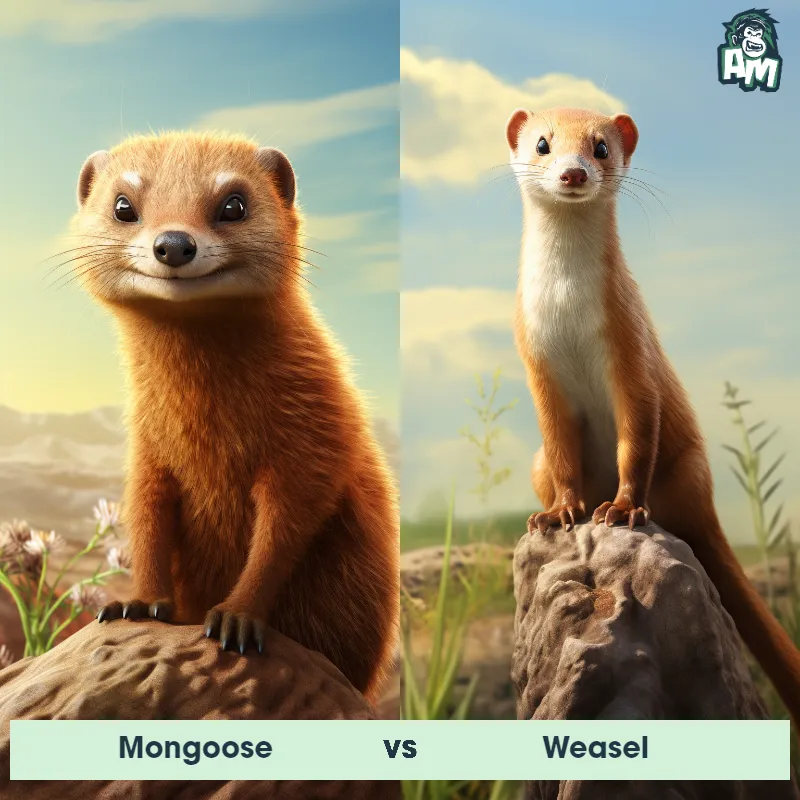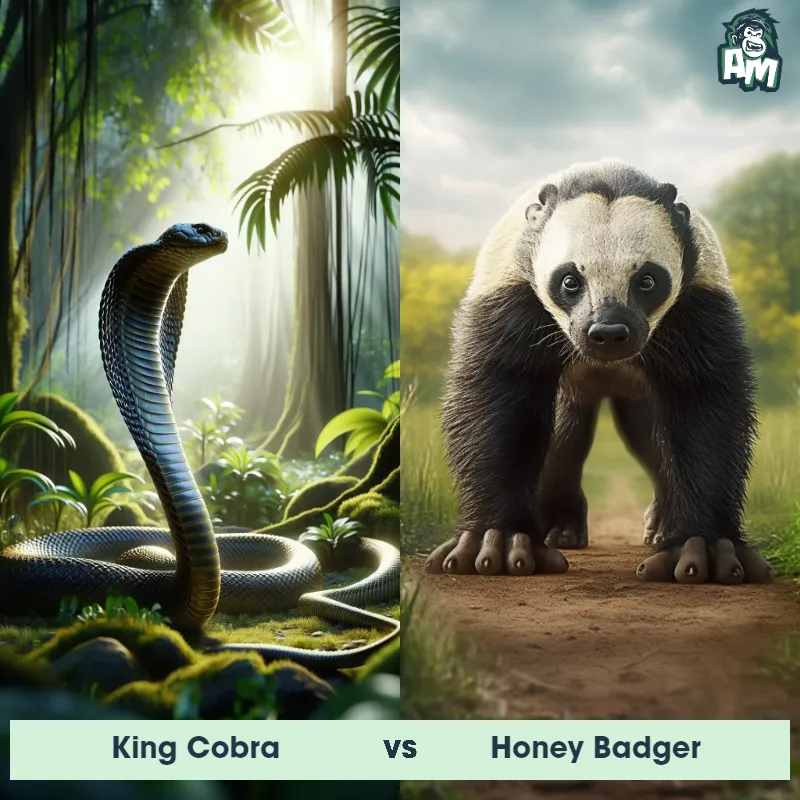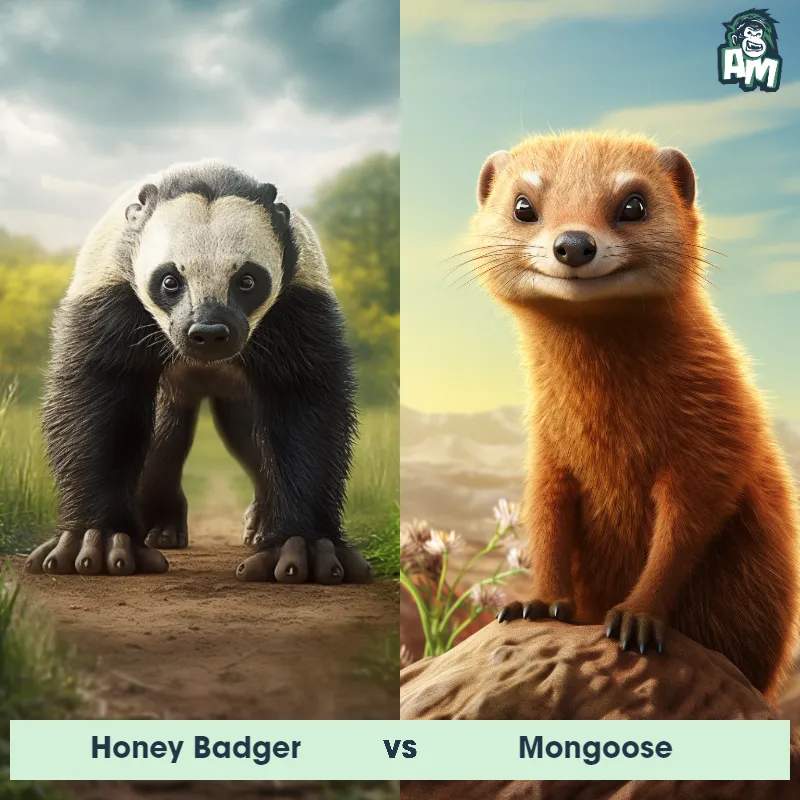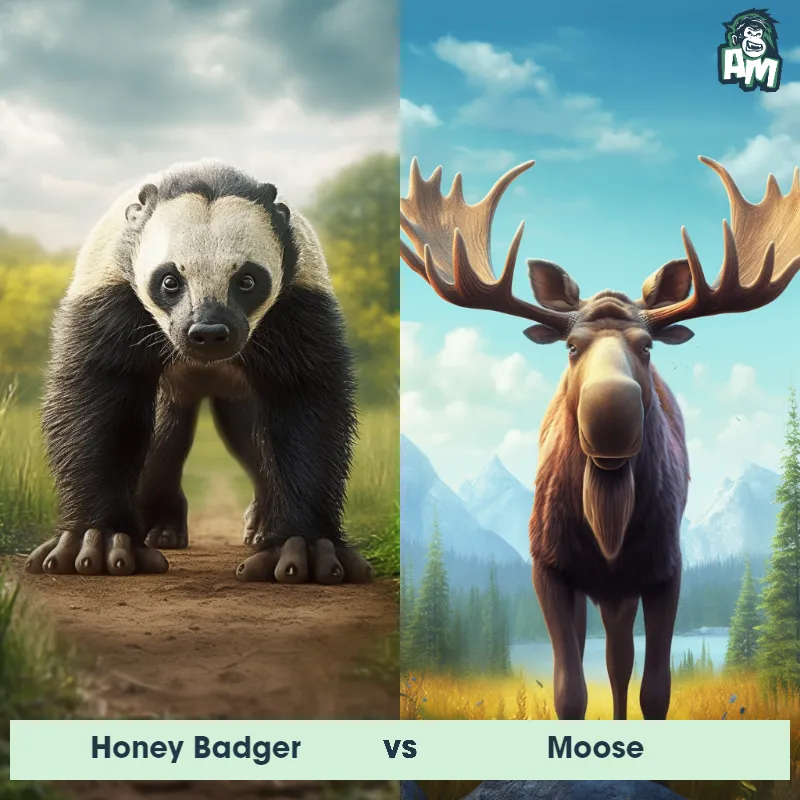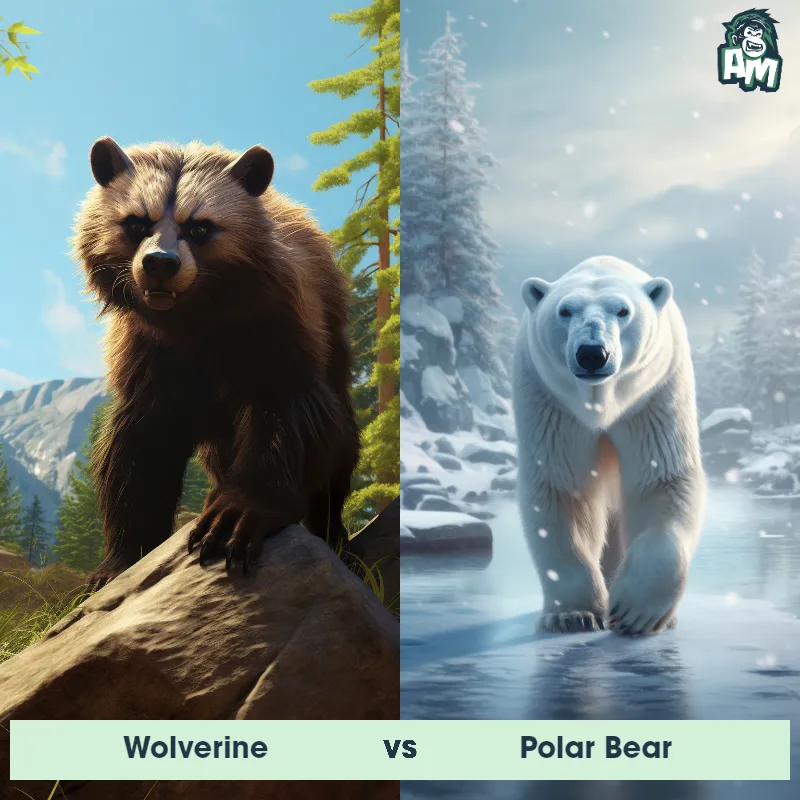Honey Badger vs SlothSee Who Wins

Ladies and gentlemen, welcome to this epic matchup between two fascinating creatures of the wild! We have a thrilling fight ahead of us tonight between a Honey Badger and a Sloth. These two animals may seem mismatched, but we can never underestimate the power within them. So, without further ado, let's jump right into the action!
Contender 1: Honey Badger
The Honey Badger, also known as the ratel, is a small carnivorous mammal found in Africa, Southwest Asia, and the Indian subcontinent. They have a stocky build, with a broad head, powerful jaws, and sharp claws. Their fur is thick and coarse, ranging in color from gray to black with a distinctive white stripe on their back. Honey Badgers are known for their fearless and aggressive nature, often taking on animals much larger than themselves, such as lions and hyenas. They are also known for their ability to withstand venomous snake bites and their love for honey, which they obtain by raiding beehives.
Fun Fact: Honey Badgers have been known to dig up and eat buried human corpses, earning them the nickname "the world's most fearless animal."
Contender 2: Sloth
The Sloth is a slow-moving arboreal mammal native to the rainforests of Central and South America. Recognized for their distinctively long limbs and hooked claws that help them hang from trees, sloths have a shaggy coat and a rounded face with a flat snout. They spend the majority of their lives in trees, only descending about once a week to defecate. Their diets mainly consist of leaves, twigs, and buds.
Fun Fact: Fascinatingly, the sloth's slow metabolic rate and largely motionless lifestyle allows it to survive on just a small amount of food, sometimes taking up to a month to fully digest a meal.
Matchup Stats
| Honey Badger | Sloth | |
|---|---|---|
| Size | 25-30 inches (63-76 cm) in length | 24 to 30 inches (60 to 75 cm) |
| Weight | 19-26 pounds (9-12 kg) | 8 to 17 lbs (3.6 to 7.7 kg) |
| Speed | Speed: 20 mph (32.19 km/hr) | 0.15mph (0.24km/h) |
| Key Strength | Powerful jaws and sharp claws | Strong grip and sharp claws |
| Biggest Weakness | Short legs and small size | Slow movement |
Current Votes
Honey Badger vs Sloth
See Who Wins
View More Matches
Looking For More?
Similar Matches
Scientific Stats
| Honey Badger | Sloth | |
|---|---|---|
| Scientific Name | Mellivora capensis | Bradypus or Choloepus |
| Family | Mustelidae | Bradypodidae or Megalonychidae |
| Habitat | Terrestrial | Rainforests |
| Geography | Africa, Southwest Asia, and the Indian subcontinent | Central and South America |
| Diet | Carnivorous, eats small mammals, birds, reptiles, insects, and honey | Leaves, twigs, and buds |
| Lifespan | 24 years - 26 years | 10 years - 20 years |
Key Differences between Honey Badger and Sloth
- Fur color and pattern: Honey Badgers exhibit a predominantly thick and coarse coat of fur, typically varying in color from a dark grayish-brown to black, often with a distinct pale stripe running from their head down to their tail. Conversely, Sloths have a much softer and longer fur that can vary in color from beige to grayish-brown, aiding in camouflage against forest environments.
- Facial features: Honey Badgers possess a more pointed snout, bearing a resemblance to some mustelid species, along with small rounded ears. Sloths, on the other hand, have a flatter face with a shortened snout and often possess a perpetual smile-like expression due to the shape of their mouth.
- Tail length and shape: Honey Badgers have relatively short tails, measuring around 5 to 8 inches in length, while Sloths typically possess much longer tails, ranging from 2.5 to 4 feet, which they use as an additional limb for hanging and gripping tree branches.
- Activity level and posture: Honey Badgers are highly active and agile creatures, known for their aggressive and fearless demeanor, frequently standing and moving with their backs arched in a more aggressive posture. Sloths, however, are much more slow-moving and lethargic, spending a majority of their time hanging upside down in a relaxed and slothful position.
- Size: The Honey Badger is significantly smaller and more compact, typically measuring around 2 to 3 feet in length and weighing between 25 and 35 pounds, whereas the Sloth is much larger, with some species reaching up to 2.5 feet in length and weighing between 9 and 17 pounds.
- Claw structure: Honey Badgers possess sturdy and sharp claws on all four limbs, aiding them in digging burrows and extracting prey, with the front claws being particularly long and robust. Sloths exhibit much longer and curved claws, primarily suited for hanging and moving through the trees, rather than for offensive purposes.



